How old is the Earth? This question has fascinated scientists, philosophers, and curious minds for centuries. While early cultures relied on myths and religious beliefs to explain the Earth’s age, modern science has uncovered answers through geology, astronomy, and chemistry. By studying ancient rocks, meteorites, and even the Moon, researchers have pieced together the incredible timeline of our planet. Understanding Earth’s age not only reveals its past but also helps us grasp our place in the universe. In this article, we’ll explore how scientists determined the Earth’s age and why it matters today.
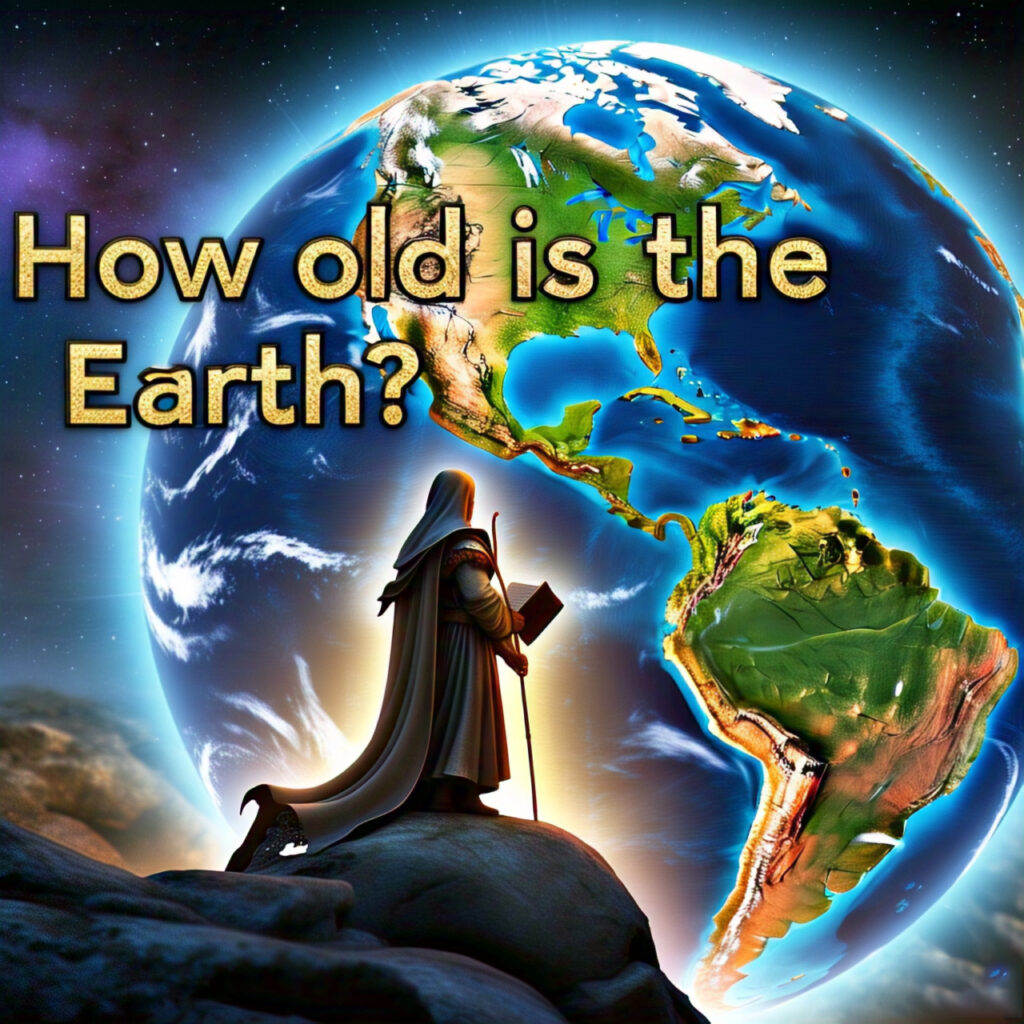
🌍 How Old Is the Earth? A Journey Through Time and Discovery
Understanding how old the Earth is isn’t just about numbers. It’s about tracing the story of our planet—from molten rock to a world bursting with life. Scientists spent centuries figuring it out, using everything from ancient rocks to radioactive atoms. Today, we have a clear answer, but the journey to that answer is just as fascinating.
⏳ How Old Is the Earth? – The Quick Answer
Let’s get right to it:
The Earth is approximately 4.54 billion years old.
This number comes from dating the oldest rocks, meteorites, and even lunar samples. But how did we get here? What methods did scientists use? And what does this age tell us about Earth’s history?
Let’s explore.
🕰️ How Did People in History Wonder “How Old Is the Earth?”
Ancient Views of Earth’s Age
Long before science, people turned to religion, myths, and philosophy to explain Earth’s origins.
- Babylonian and Hindu cosmologies believed in cycles of creation and destruction, stretching across millions of years.
- Greek philosophers like Aristotle argued the Earth was eternal.
- In contrast, biblical chronologies like Archbishop Ussher’s 1650 calculation dated Earth to 4004 BCE, making it just over 6,000 years old.
Why It Mattered
These early ideas weren’t just guesses—they shaped entire worldviews. But they lacked tools for real measurement. The age of the Earth remained a mystery.
🔬 The Birth of Scientific Thinking: How Old Is the Earth According to Geology?
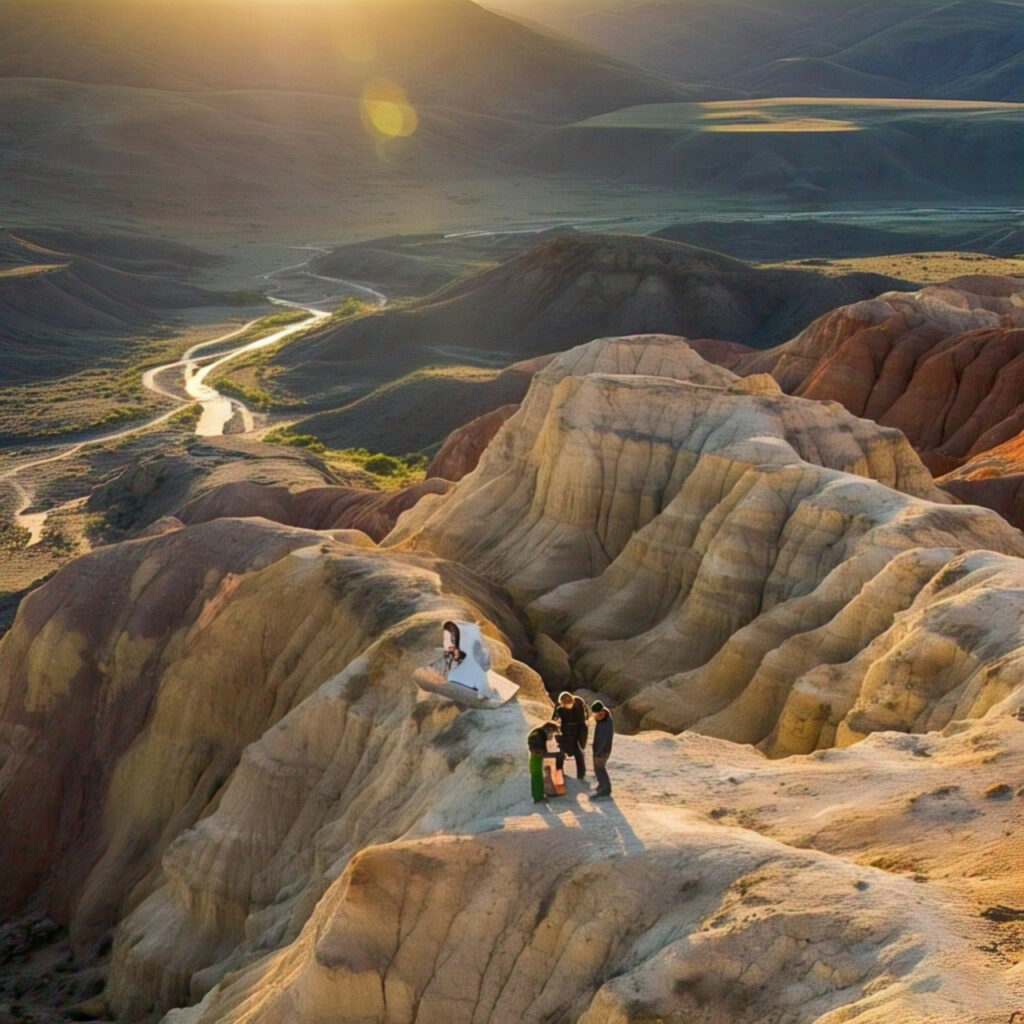
Earth’s Layers Tell a Story
In the 17th and 18th centuries, scientists like James Hutton and Charles Lyell observed how rocks formed and eroded. They proposed that:
- Geological processes were slow and constant.
- The Earth must be much older than a few thousand years.
This idea—uniformitarianism—laid the foundation for modern geology.
How Fossils Helped
Fossils showed life changed over time. Deeper layers had older, simpler life forms. This hinted at a long timeline, though we still didn’t know how old the Earth was exactly.
🧪 Radiometric Dating: The Key to Knowing How Old the Earth Is
The breakthrough came in the early 1900s. Scientists discovered radioactivity. This changed everything.
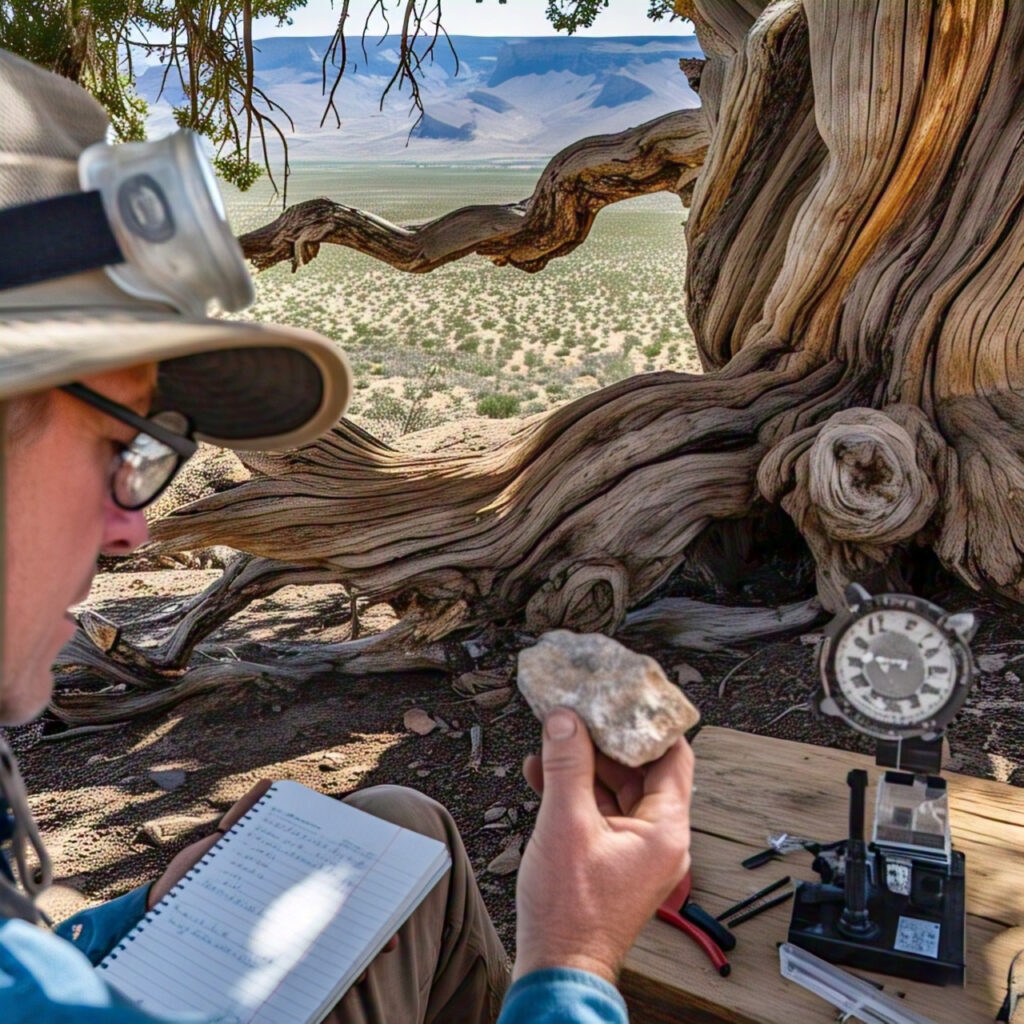
What Is Radiometric Dating?
Some elements like uranium break down into other elements over time. By measuring how much of the “parent” and “daughter” elements exist in a rock, scientists can calculate its age.
- Example: Uranium-238 turns into lead-206 over 4.5 billion years.
This method became the most reliable way to date rocks and answer, “How old is the Earth?”
The Oldest Earth Rocks
- Rocks in Western Australia are about 4.4 billion years old.
- The Acasta Gneiss in Canada is about 4.03 billion years old.
Meteorites: A Cosmic Clue
Meteorites that formed with the solar system give a date of 4.56 billion years. Since Earth formed soon after, scientists estimate our planet’s age as:
4.54 ± 0.05 billion years
🌑 How the Moon Helped Scientists Answer “How Old Is the Earth?”
Moon rocks brought back by Apollo missions were dated to 4.5 billion years. This supports the theory that the Moon formed soon after Earth did—possibly from a giant impact.
The Moon, unlike Earth, doesn’t have weather or tectonic activity to erase old rocks. That makes it a great time capsule.
🌌 Solar System Formation: How Old Is the Earth Compared to Other Planets?
All planets in our solar system formed from a giant cloud of dust and gas.
- The Sun formed first, about 4.6 billion years ago.
- Earth formed shortly after, gathering dust, rocks, and gases.
So when we ask how old is the Earth, we’re also asking about the birth of the solar system.
🦠 Life Begins: How Old Is the Earth When Life First Appeared?
Early Earth Was Hostile
For the first 500 million years, Earth was too hot for life. Volcanoes erupted constantly. Meteorites rained down. But once things cooled:
- Liquid water formed oceans.
- Life began—simple microbes, maybe as early as 4.1 billion years ago.
The Oldest Fossils
- Stromatolites in Australia are 3.5 billion years old.
- Chemical signatures of life may date to 3.8–4.1 billion years ago.
That means life appeared quickly after Earth formed.
🧬 Evolution of Complexity: How Old Is the Earth When Complex Life Emerged?
Single-Celled to Multi-Celled
For billions of years, only simple life existed. Then, around 600 million years ago, complex organisms appeared.
- The Cambrian Explosion (~541 million years ago) led to rapid diversification.
- Plants, animals, and fungi spread across land and sea.
Dinosaurs and Beyond
- Dinosaurs appeared ~230 million years ago.
- They went extinct ~66 million years ago.
- Humans arrived just 300,000 years ago.
Compared to Earth’s full timeline, humans have existed for only a blink.
🧭 How Old Is the Earth? What Modern Science Says Today
Thanks to radiometric dating, we now have a precise estimate:
🌍 Earth is 4.54 billion years old, with a margin of error of ± 50 million years.
This number is accepted by geologists, astronomers, and biologists worldwide.
❓ Common Myths and Questions About How Old the Earth Is
1. Is the Earth only 6,000 years old?
This idea comes from religious texts and interpretations. Science relies on physical evidence—rocks, fossils, and isotopes—which shows a much older planet.
2. Can radiometric dating be wrong?
All methods have margins of error. But multiple dating methods agree with each other. Cross-checks with lunar rocks and meteorites confirm the age.
3. Why don’t we find older rocks?
Earth’s surface is constantly changing due to plate tectonics. Many original rocks were recycled, melted, or eroded.
🛰️ Tools That Help Us Understand How Old the Earth Is
Radiometric Dating
We’ve already discussed uranium-lead dating. Other methods include:
- Potassium-argon dating
- Rubidium-strontium dating
- Carbon dating (useful for recent fossils, up to 50,000 years)
Satellite Observations
Modern satellites help study Earth’s crust, atmosphere, and magnetic field—clues to Earth’s inner age and structure.
Lunar and Martian Samples
As we explore other planets, we get a better picture of how Earth compares—and how old it might be in cosmic terms.
📊 Timeline Snapshot: How Old Is the Earth Through Major Events?
| Event | Approximate Time |
|---|---|
| Earth forms | 4.54 billion years ago |
| Moon forms | 4.5 billion years ago |
| First oceans | 4.4 billion years ago |
| Life begins | 3.8–4.1 billion years ago |
| First fossils | 3.5 billion years ago |
| Oxygen appears | 2.4 billion years ago |
| Complex life | 600 million years ago |
| Dinosaurs | 230–66 million years ago |
| Humans | 300,000 years ago |
🧠 Why Knowing “How Old Is the Earth?” Matters
1. It Connects Us to the Universe
Understanding Earth’s age places us in cosmic context. We’re part of a 13.8-billion-year-old universe. Earth’s 4.5-billion-year journey is one chapter.
2. It Teaches Patience and Perspective
Evolution, climate shifts, and planetary changes take time. This helps us understand current issues like climate change or species extinction.
3. It Inspires Scientific Discovery
Figuring out how old Earth is required chemistry, astronomy, and geology. It’s a story of teamwork, creativity, and curiosity.
🌟 Final Thoughts: How Old Is the Earth and What’s Next?
We now know that Earth is about 4.54 billion years old. That number isn’t just a statistic—it’s the result of centuries of human effort to understand our origins.
Earth has seen fire and ice, death and rebirth. It gave rise to oceans, continents, dinosaurs, and humans. And it’s still evolving.
So, when someone asks “How old is the Earth?”, the answer is more than a number. It’s a story. And it’s still being written.




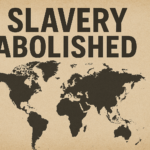




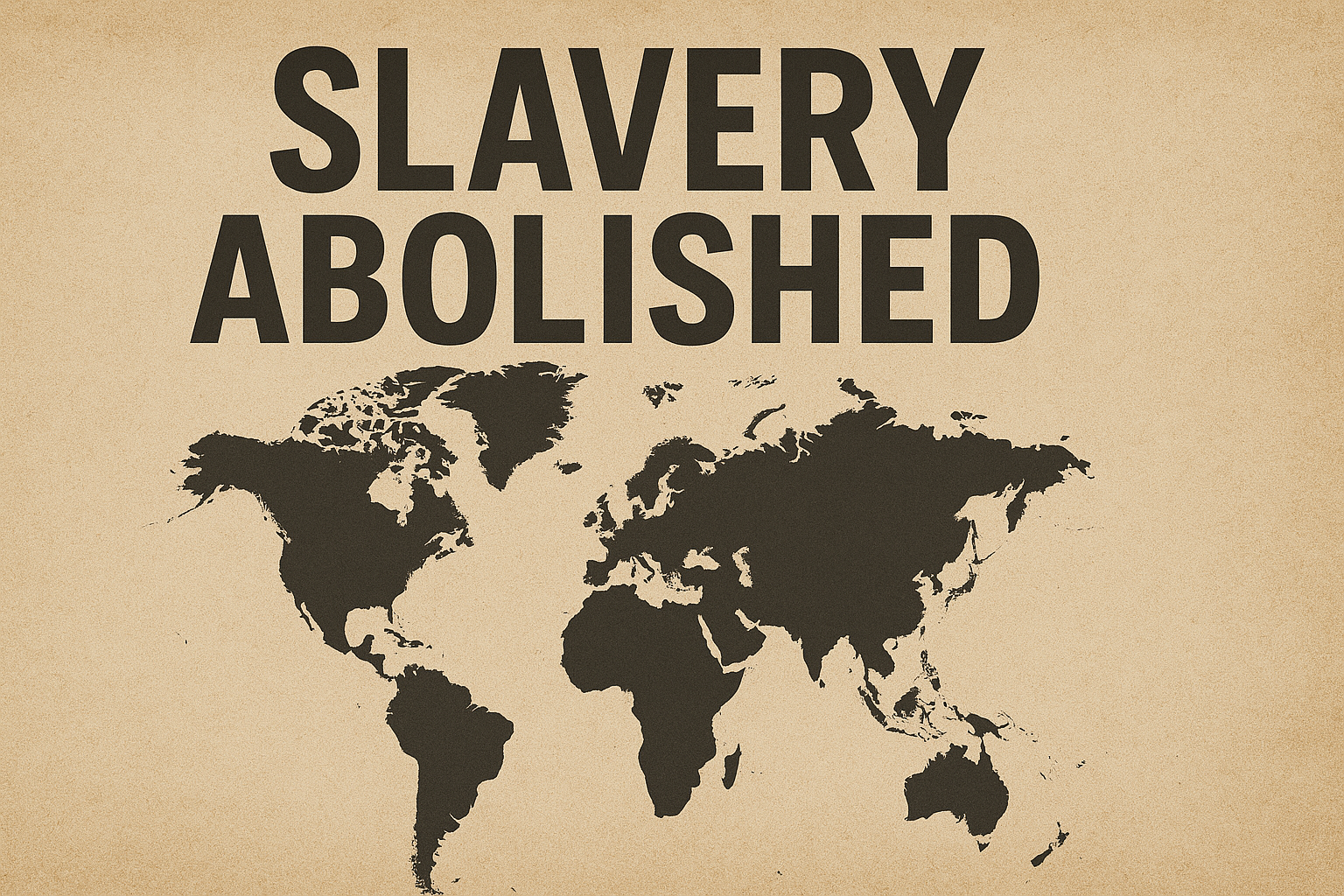
Святки
Святки
tenterer
peteca
biface
bicep’s
glitzes
Windows 10 Activation Confirmation Id
Reactivate Windows
Windows Activation Powershell Code
Windows Activation Id
Windows Activation Kms Port
Windows Activation
биржа аккаунтов https://marketplace-akkauntov-top.ru